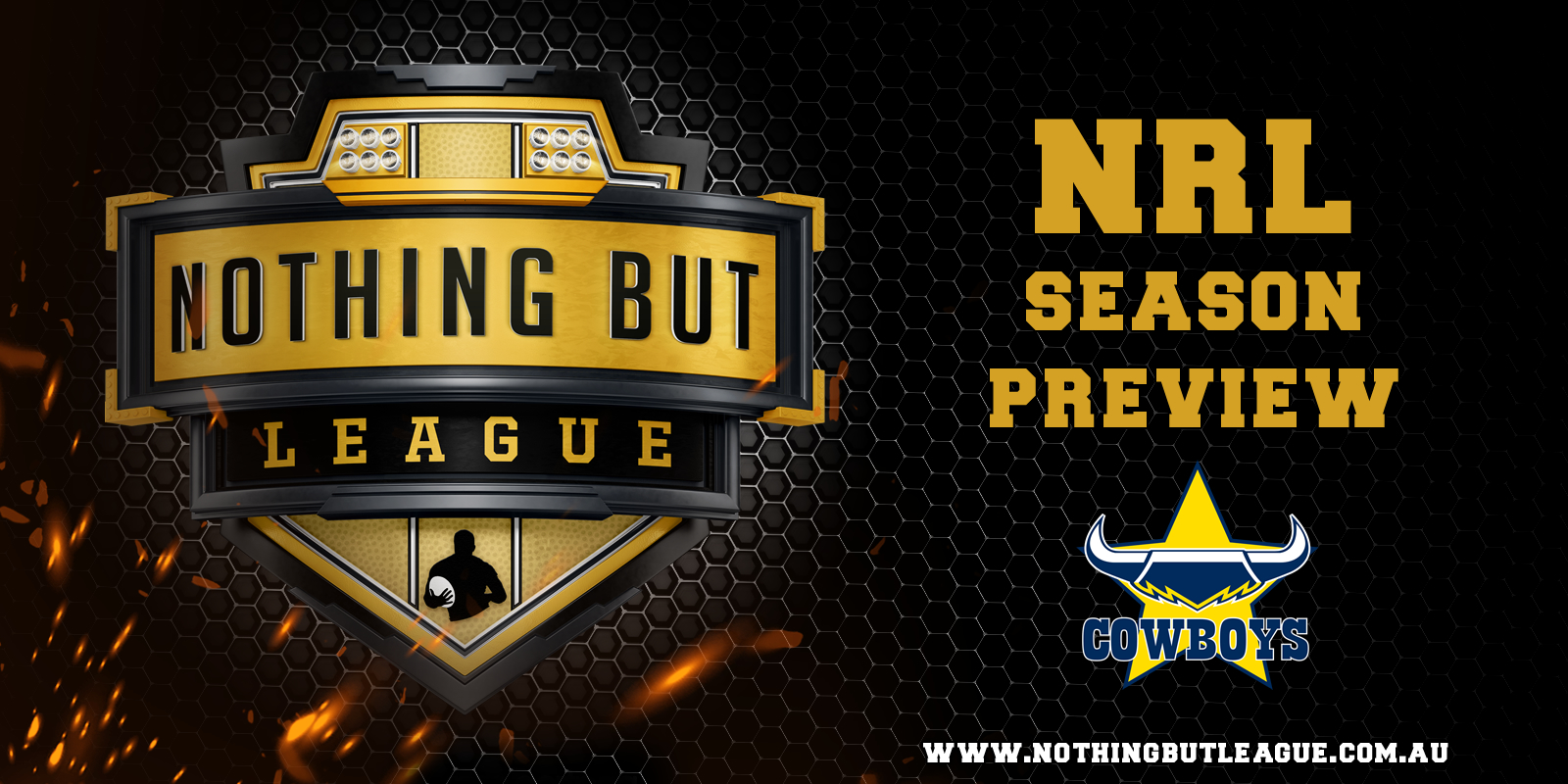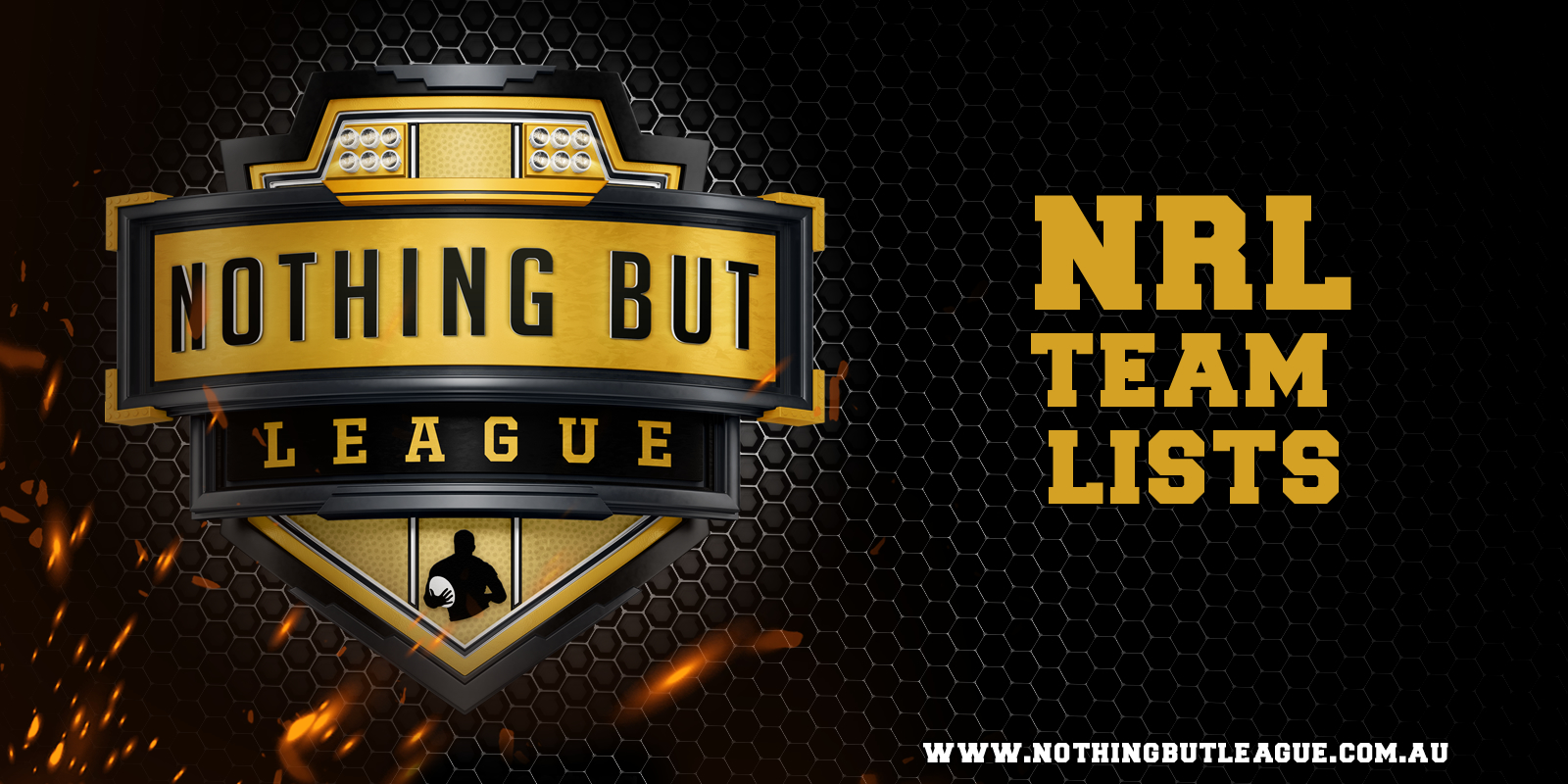After debuting to plenty of excitement in 2014, the NRL Nines seems to be running out of steam. While the World Sevens (with a combination of NSWRL/ARL/NRL teams and international sides) was celebrated throughout the 1980s, 1990s, and early 2000s, the Nines has been soured by some conservative coaches who didn’t want to take it seriously.
It’s a shame, as other short-form games like Rugby Sevens, Twenty20, The Hundred, Indoor Cricket, 3×3 basketball, and the Arena Football League (a modified indoor version of American Football) have not only succeeded, but also provided alternative pathways for short-form specialists and given fans a gateway into new sports.
One of the problems with the NRL Nines was the February scheduling, with some coaches not willing to risk their marquee players in a “Mickey Mouse competition” before another long, hard season, though the World Cup Nines avoided this by being played post-season. While the International version may return, it’s hard to see the NRL Nines pre-season competition returning as well.
So, what if the NRL Nines took a page from the year-round World Rugby Sevens Series with a brand new competition featuring NRL clubs, which is completely separate from the all-important Telstra Premiership?
TEAMS
Twenty teams: the 16 NRL teams plus Queensland Country, NSW Country, Adelaide, and Perth.
Played under the current Nines format (including the Golden Try period for tied games), there would be six tournaments per year: each tournament will be played across three days at a single venue (which would rotate across the country).
As this is a separate competition, it will only feature Qld Cup/NSW Cup players or development players. Like the recent The Hundred cricket competition, it could provide a vital pathway for younger/fringe players.
GROUPS
The 20 teams would be divided into four groups of five teams each.
To ensure variety (and so as many teams play each other as possible) the groups would rotate based on their place on the overall league table after each tournament.
GROUP A: 1, 5, 9, 13, 17
GROUP B: 2, 6, 10, 14, 18
GROUP C: 3, 7, 11, 15, 19
GROUP D: 4, 8, 12, 16, 20
THE TOURNAMENT STRUCTURE
The first two days of each tournament will be group games, with the top two teams from each group qualifying for the knockout quarter finals, semi finals, and the grand final. Matches would be played from Friday to Sunday, with one tournament each month.
POINTS TABLE
The rolling league table would be decided by the following points system:
Group game win = 2 points.
Finals win (quarter final, semi final, grand final) = 4 points.
Win the tournament = 6 points.
Any tiebreakers will be decided by points differential.
THE FINAL TOURNAMENT
After the six tournaments are finished, the top eight teams will play in a special two-day “Final Tournament”, with the eight teams split into two groups of four teams, and the top two from each group playing knockout semi-finals and then the grand final. The grand final winner will be crowned the NRL Nines champion for the year. As for the other 19 teams, their final position on the ladder (after the “Final Tournament”) will determine which group they’re seeded in for the first tournament of the following year.
THE PURPOSE
Rather than directly compete with the NRL, this new Nines format would run alongside it, with each tournament ideally played in suburban/regional areas, which will give the tournaments a carnival atmosphere and grow the game outside of the bigger venues like Lang Park (Suncorp Stadium), Homebush, Bankwest Stadium, AAMI Park, Bruce Stadium (GIO Stadium) etc.







[…] post The NRL Nines Revamp appeared first on Nothing But Rugby […]
Comments are closed.